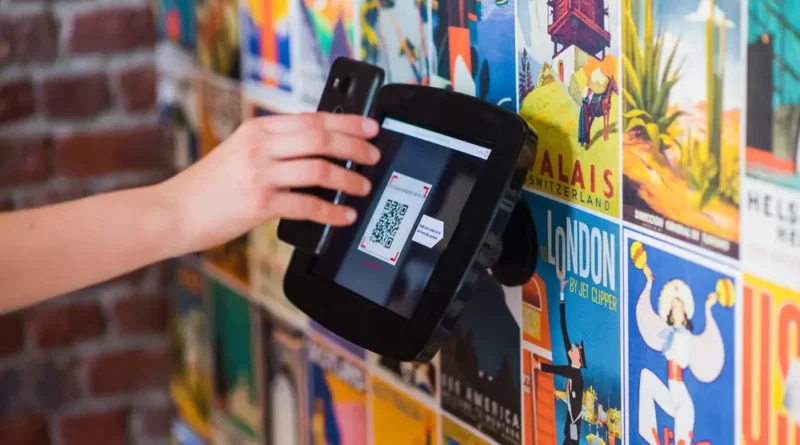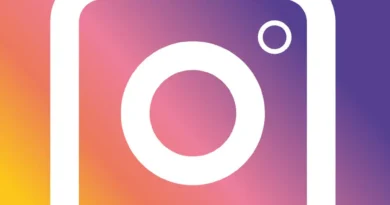The Power of QR Codes: Static and Dynamic, A Comprehensive Guide
QR codes, short for Quick Response codes, have become an integral part of our daily lives, revolutionizing the way we access information. They are versatile, convenient, and offer countless applications in various industries. A QR code generator allows you to create these codes easily. QR codes come in two main categories: static and dynamic. In this article, we will explore the differences between these two types and discuss how a service like QRFY enables you to create and manage dynamic QR codes with exceptional features.
Static QR Codes
Static QR codes, as the name suggests, contain fixed information that cannot be changed after creation. They are ideal for situations where the content remains constant, such as website URLs, contact information, or Wi-Fi network details. These QR codes are quick and easy to generate, and users can scan them to access the information instantly.
Applications of Static QR Codes:
- Business Cards: Add a QR code with your contact information to simplify the process of sharing details with others.
- Marketing Materials: Include a QR code on brochures, flyers, or posters to direct customers to a specific landing page or promotion.
- Product Packaging: Static QR codes can link customers to user manuals, instructional videos, or warranty information.
- Signage: Place QR codes on signs to provide more information about historical sites, museums, or tourist attractions.
Dynamic QR Codes
Dynamic QR codes, on the other hand, offer a more versatile solution. With dynamic QR codes, you can change the content associated with the code without having to generate a new one. This flexibility makes them perfect for scenarios where the information needs to be updated regularly. A dynamic QR code can host a wide range of content, including PDF documents, images, videos, vCards, restaurant menus, and more.
QRFY: Empowering Dynamic QR Codes
QRFY is a powerful service that simplifies the creation and management of dynamic QR codes. Here are some of the features that set QRFY apart:
- Content Updates: With QRFY, you can change the content associated with a dynamic QR code at any time. This feature is invaluable for businesses and individuals who need to provide real-time information.
- Customization: Personalize your QR codes with your logo, brand colors, or choose from a variety of predefined templates. This allows you to maintain a consistent and professional look for your QR codes.
- Control and Analytics: QRFY offers control over the number of scans per day, filtering by country, city, browser, and language. You can also export all scan data for further analysis, helping you understand your audience better.
Applications of Dynamic QR Codes:
- Restaurants: Update menus, special offers, and daily specials without needing to print new QR codes.
- Real Estate: Share property listings, images, and virtual tours with potential buyers and update them as needed.
- Events: Use dynamic QR codes to provide attendees with schedules, maps, and announcements.
- Education: Distribute course materials, assignments, and announcements with the ability to make real-time updates.
Conclusion
QR codes have become an integral part of modern communication and marketing strategies. Whether you need a static QR code for fixed information or a dynamic QR code for real-time updates, QRFY offers a versatile solution to meet your needs. Take advantage of the power of QR codes to simplify information sharing and enhance your connection with your audience, while enjoying the added benefits of customization and analytics provided by QRFY. Embrace the world of QR codes and open new possibilities for engagement and convenience.




